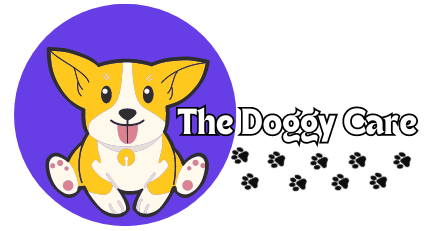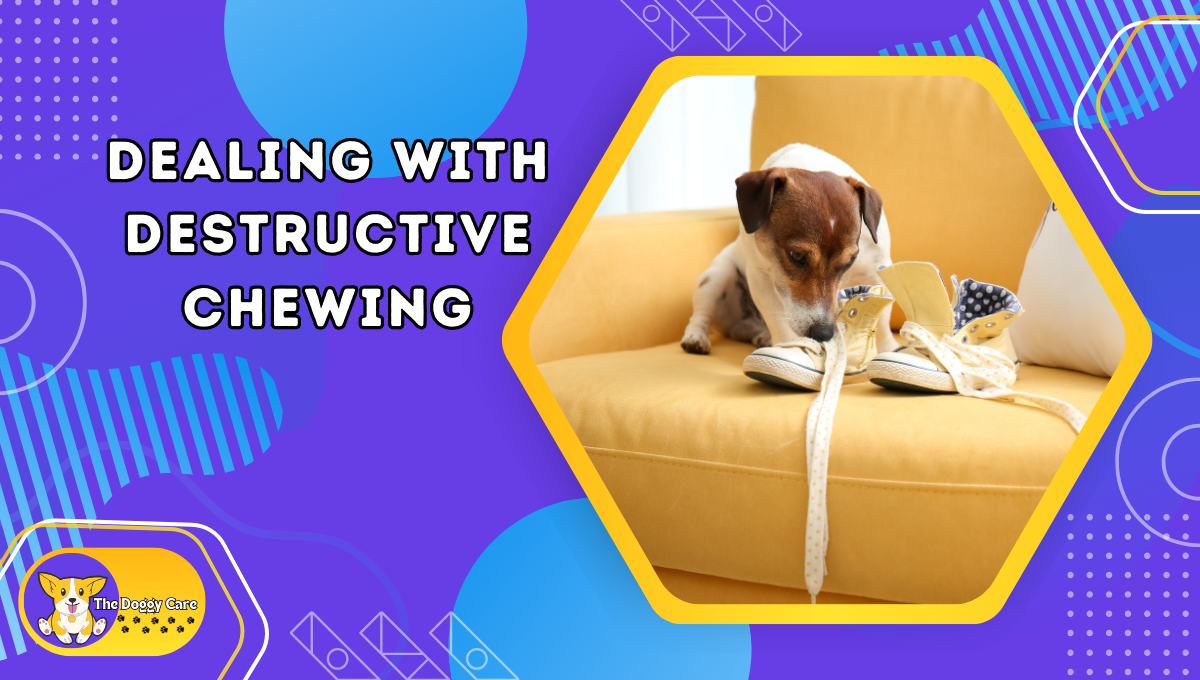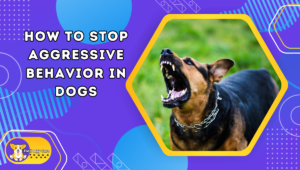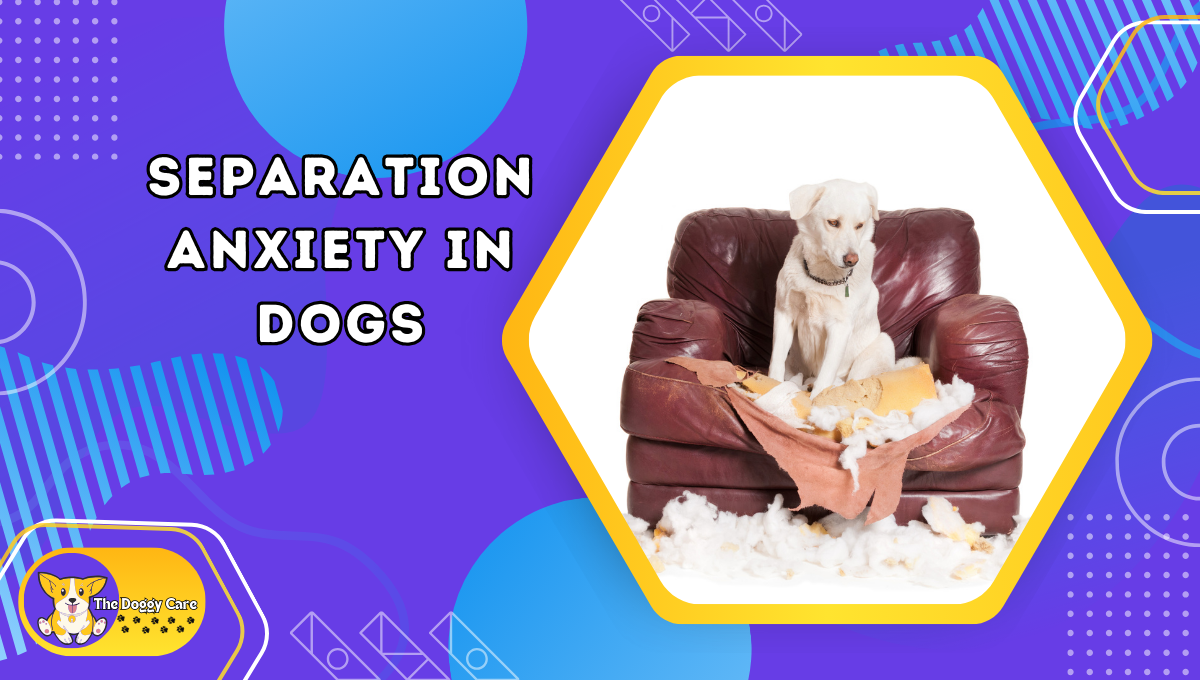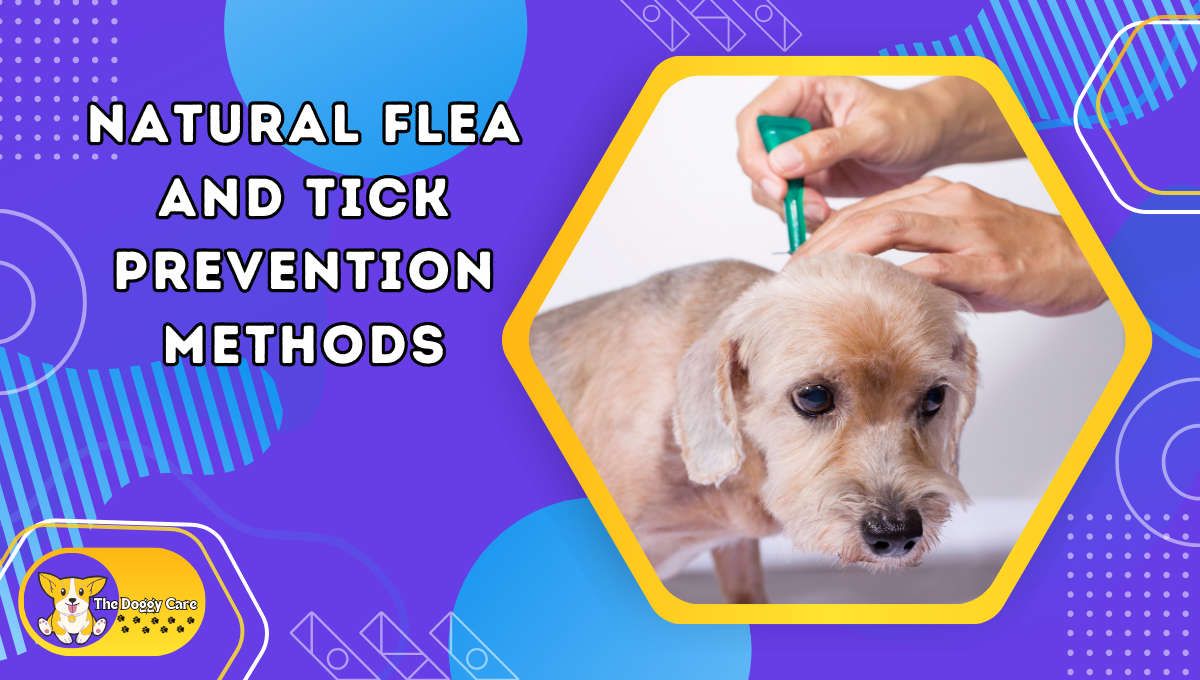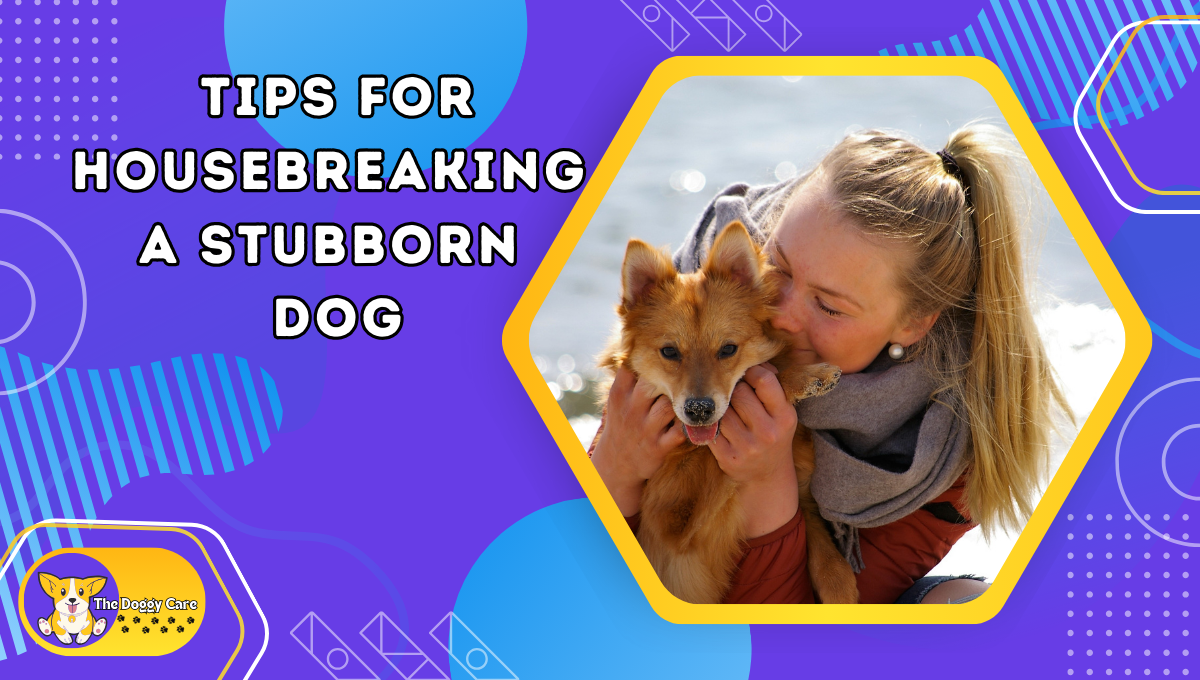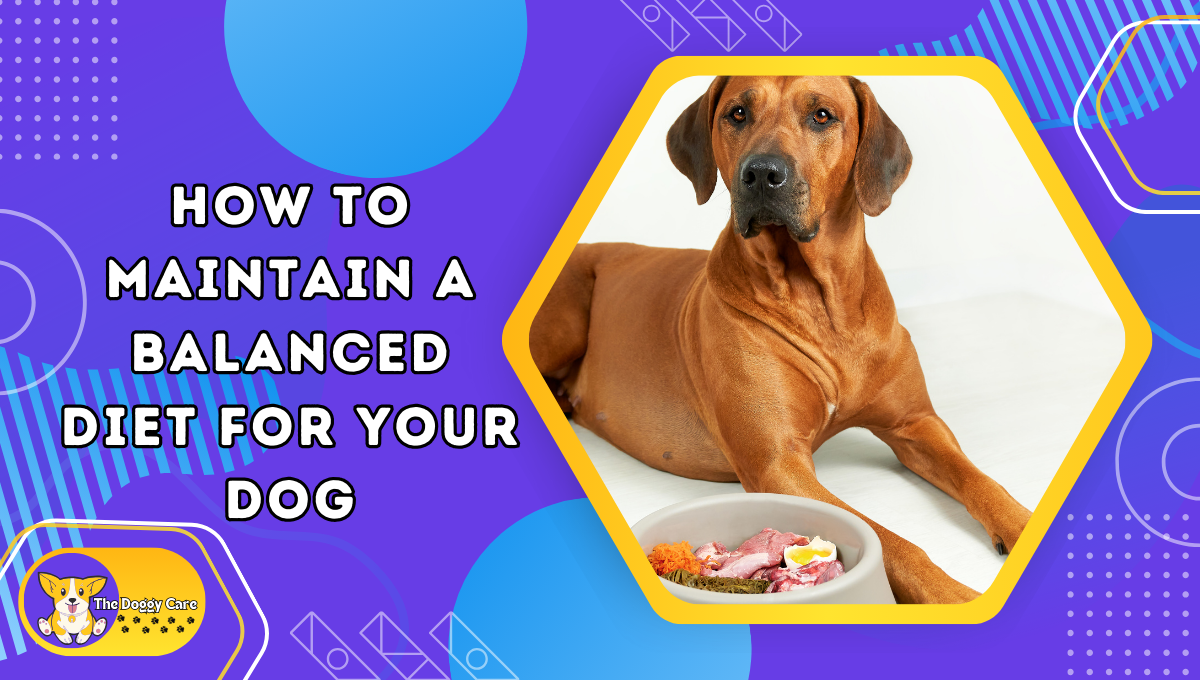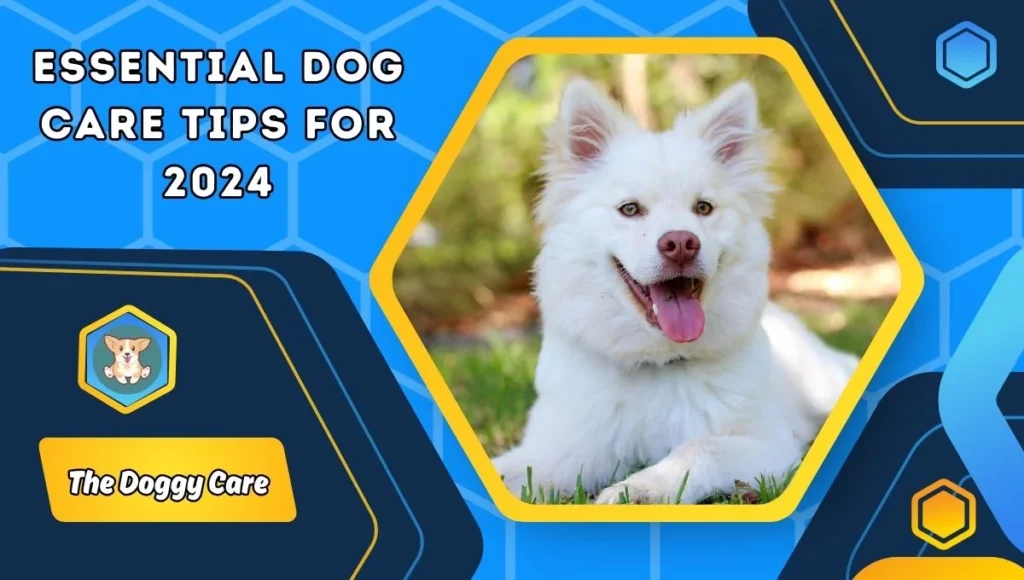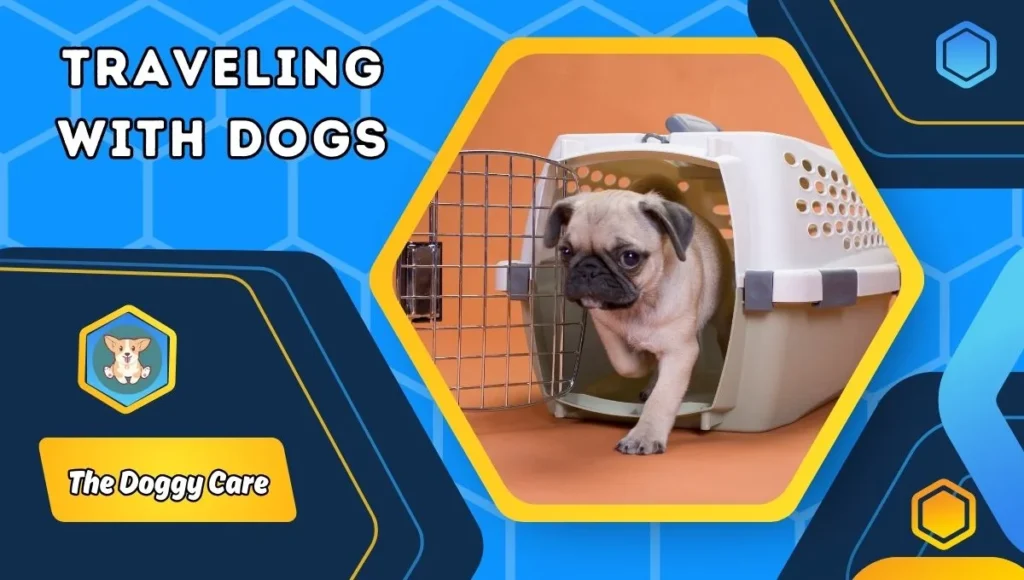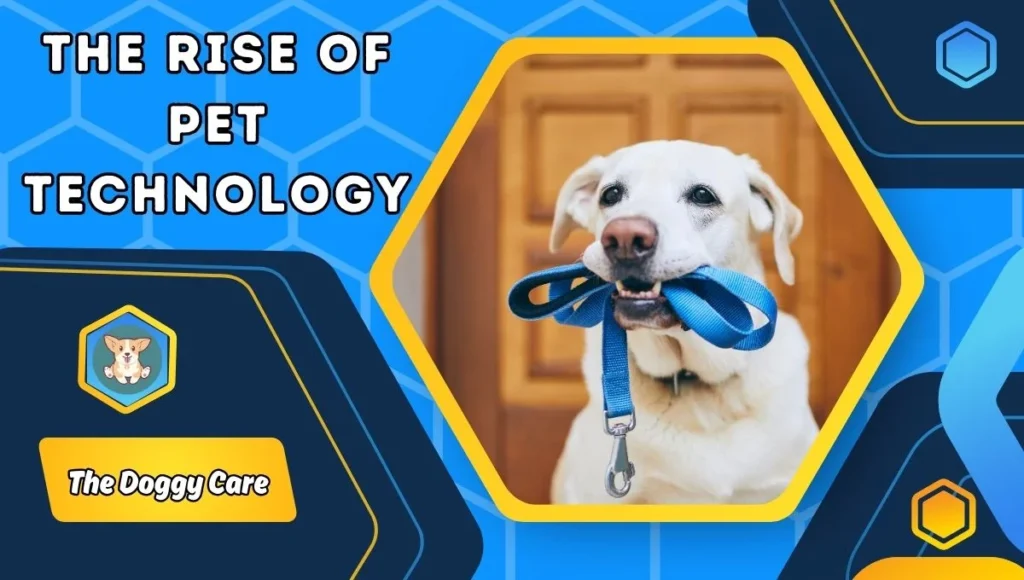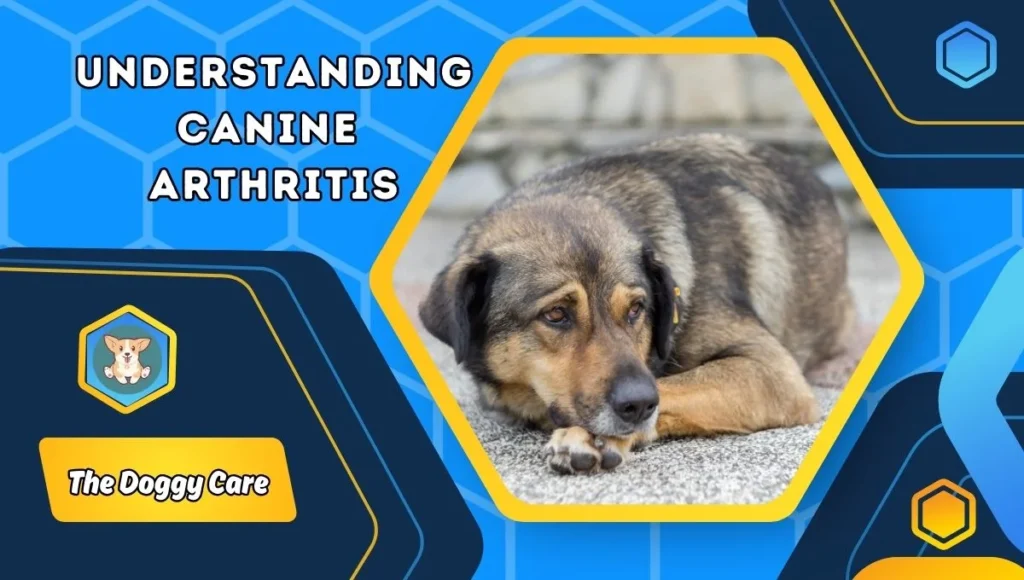Contents
- 1 Dealing with Destructive Chewing: Solutions for a Happier Dog, How to stop your dog from chewing on furniture and other items.
Dealing with Destructive Chewing: Solutions for a Happier Dog, How to stop your dog from chewing on furniture and other items.
Presentation
Destructive chewing is quite possibly one of the most widely recognized social issues that canine proprietors face. Whether it’s chewed furniture, destroyed shoes, or bit-up gadgets, the disappointment brought about by a chewing canine can overpower. As indicated by the American Pet Items Relationship, north of 63 million U.S. families own something like one canine, and a considerable lot of these pet people report destructive chewing as a critical concern, particularly in doggies and youthful canines.
Understanding dealing with destructive chewing and finding compelling arrangements is pivotal for guaranteeing both the well-being of your effects and the bliss of your canine. Chewing is a characteristic way of behaving for canines, yet when left unmanaged, it can prompt exorbitant harm and stress for pet people. This blog will cover the reason why canines bite, the purposes for destructive chewing, and how to prevent your canine from chewing on furnishings and different things.
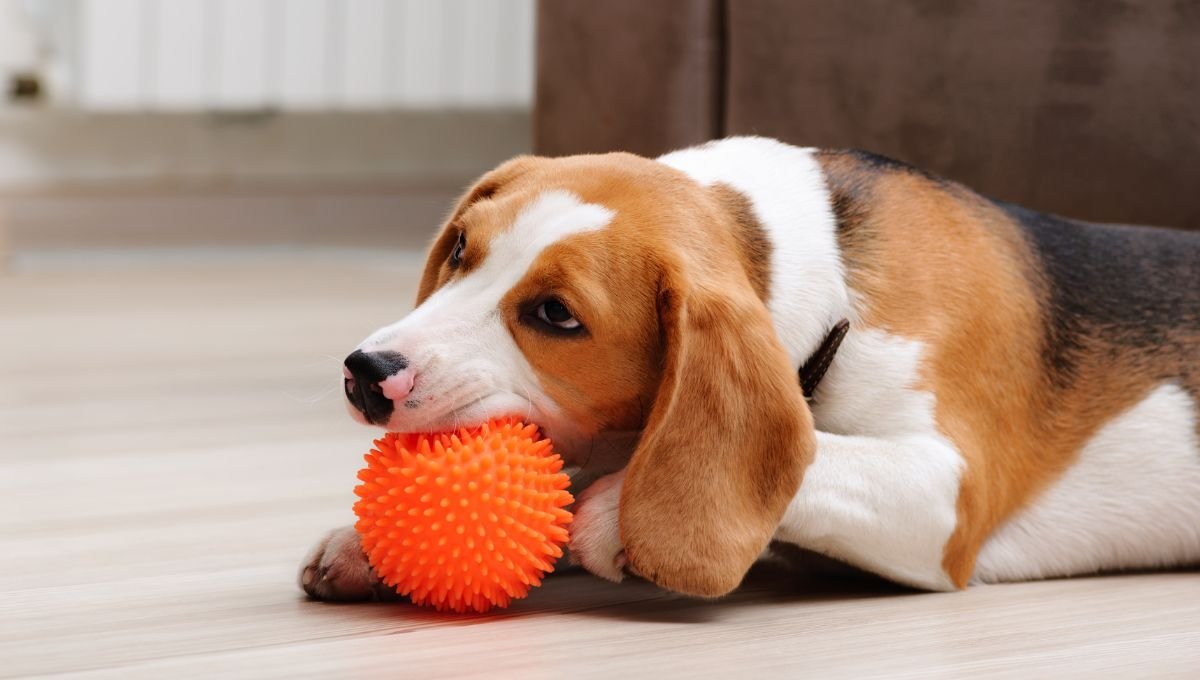
Why Canines Bite
Chewing is an intuitive way of behaving for canines. It fills a few needs, including investigating their current circumstance, easing fatigue, easing nervousness, and keeping up with dental wellbeing. Pups, specifically, bite as a method of calming the uneasiness related to getting teeth. Nonetheless, as canines become older, their chewing propensities ought to turn out to be more controlled. If not tended to right on time, destructive chewing can turn into a drawn-out issue.
In the wild, canines use chewing to separate bones, access marrow, and keep their teeth clean. While trained canines never again depend on these senses for endurance, their regular desire to bite serious areas of strength stays. Dealing with destructive chewing requires tending to these senses in a manner that diverts your canine’s way of behaving toward satisfactory other options.
Purposes behind Destructive Chewing
Understanding the reason why your canine participates in destructive chewing is the most vital phase in resolving the issue. Normal reasons include:
1. Weariness
Canines, especially high-energy breeds, can fall back on chewing out of weariness. If they don’t get sufficient physical and mental feelings, they might bite on furnishings or family things to engage themselves.
2. Nervousness and Stress
Fear of abandonment is a main source of destructive chewing. Canines encountering pressure or nervousness might bite to mitigate themselves, similar to how people might squirm or chomp their nails during unpleasant circumstances.
3. Getting teeth
Little dogs somewhere in the range of 3 and a half years old go through a getting teeth stage, which prompts an expanded desire to bite. Their gums can be sore, and chewing reduces this uneasiness.
4. Absence of Legitimate Preparation
Canines need to realize what is satisfactory to bite on and what isn’t. Without clear direction from their proprietors, canines may not comprehend that chewing on furnishings or shoes is beyond reach.
5. Interest
Canines are normally inquisitive animals. Little dogs, specifically, utilize their mouths to investigate new surfaces and articles. This investigation can frequently prompt chewing on things they shouldn’t.

Instructions to Prevent Your Canine from Chewing on Furnishings and Different Things
1. Give A lot of Bite Toys
One of the best answers for dealing with destructive chewing is to give suitable bite toys to your canine. Bite toys permit your canine to fulfill their normal desire to bite in a protected and controlled way. Make a point to offer various surfaces and sizes to keep your canine intrigued. Famous decisions incorporate elastic toys, rope toys, and dental bites.
Acquaint your canine with new toys by playing with them together and empowering your canine to bite on them. Acclaim and prize your canine when they bite on suitable things, supporting acceptable conduct. Over the long haul, your canine will start to relate plays with their need to bite.
2. Practice and Mental Feeling
Weariness is a significant trigger for destructive chewing, so it’s vital to guarantee your canine gets sufficient physical and mental activity. Normal strolls, recess, and intuitive games are fundamental for keeping your canine drawn in and blissful. If your canine is intellectually and truly drained, they are less inclined to go to chewing as a method for breathing easy.
Notwithstanding actual activity, you can give mental excitement through puzzle toys, treat-administering toys, or compliance instructional courses. These exercises challenge your canine’s brain and lessen the probability of a destructive way of behaving.
3. Carton Preparing
Carton preparation can be a powerful method for forestalling destructive chewing when you’re not around to administer your canine. A container gives your canine a protected and agreeable space where they can unwind without admittance to enticing things like furnishings or shoes. When utilized appropriately, cases can turn into a position of safety for your canine.
Make a point to present the container steadily, permitting your canine to connect it with positive encounters. Never utilize the carton as a type of discipline, as this can prompt uneasiness and demolish the issue.
4. Utilize Obstruction Splashes
Obstruction splashes are intended to deter canines from chewing on unambiguous things by making them taste undesirable. These showers are ok for use on furnishings, shoes, and other family things. Apply the splash to the areas your canine will in general bite, and they will before long connect those things with a terrible taste.
Involving impediment splashes in blend with encouraging feedback is significant. At the point when your canine decides to bite on their toys rather than furniture, commendation and award them. This will assist with supporting the right way of behaving.
5. Instruct the “Leave It” Order
Showing your canine the “leave it” order is a significant device for dealing with destructive chewing. This order can be utilized to prevent your canine from chewing on prohibited things or getting something they shouldn’t.
To educate “leave it,” begin by grasping a treat and showing it to your canine. At the point when they attempt to take it, close your hand and say “Leave it.” Hold on until your canine turns away from the treat, then, at that point, reward them with an alternate treat. With reliable practice, your canine will figure out how to quit drawing in with a thing when you say the order.
6. Address Nervousness Issues
Assuming that your canine’s destructive chewing is brought about by nervousness, it’s fundamental to address the main driver of their pressure. Canines with fear of abandonment might profit from continuous desensitization preparation, where they are gradually acclimated to being distant from everyone else for brief periods before expanding the time.
At times, uneasiness-easing instruments like quieting restraints, pheromone diffusers, or tension wraps can assist with mitigating your canine’s nerves. For serious nervousness, talking with a veterinarian or creature behaviorist might be important to foster a complete treatment plan.
7. Little resistant to dogs Your Home
Little dogs sealing your house is a significant stage in dealing with destructive chewing. Very much like child sealing, this includes eliminating or getting things that could entice your canine to bite. Place shoes, sacks, and other individual things out of your canine’s range. Use child doors to close off specific rooms or regions where significant furniture is found.
Furthermore, consider setting bite hindrances like severe apple showers on furniture legs or different regions inclined to chew.

Normal Errors to Keep Away from
1. Rebuffing Sometime later
It’s memorable’s vital that canines live at the time. Assuming you rebuff your canine for chewing sometime later, they will not comprehend the reason why they’re being censored. All things being equal centers around redirection and uplifting feedback to energize great chewing propensities.
2. Neglecting to Regulate
While acquainting another canine with your home, management is critical to forestalling destructive chewing. If you can’t watch out for your canine, consider box preparing or keeping them to the canine-sealed region until they’ve realized what’s fitting to bite.
Last Considerations on Dealing with Destructive Chewing
Understanding dealing with destructive chewing and figuring out how to prevent your canine from chewing on furnishings and different things can fundamentally work on your relationship with your canine. By tending to the main driver of the way of behaving and offering fitting other options, you can assist your canine with feeling more joyful and safer while shielding your possessions from harm.
